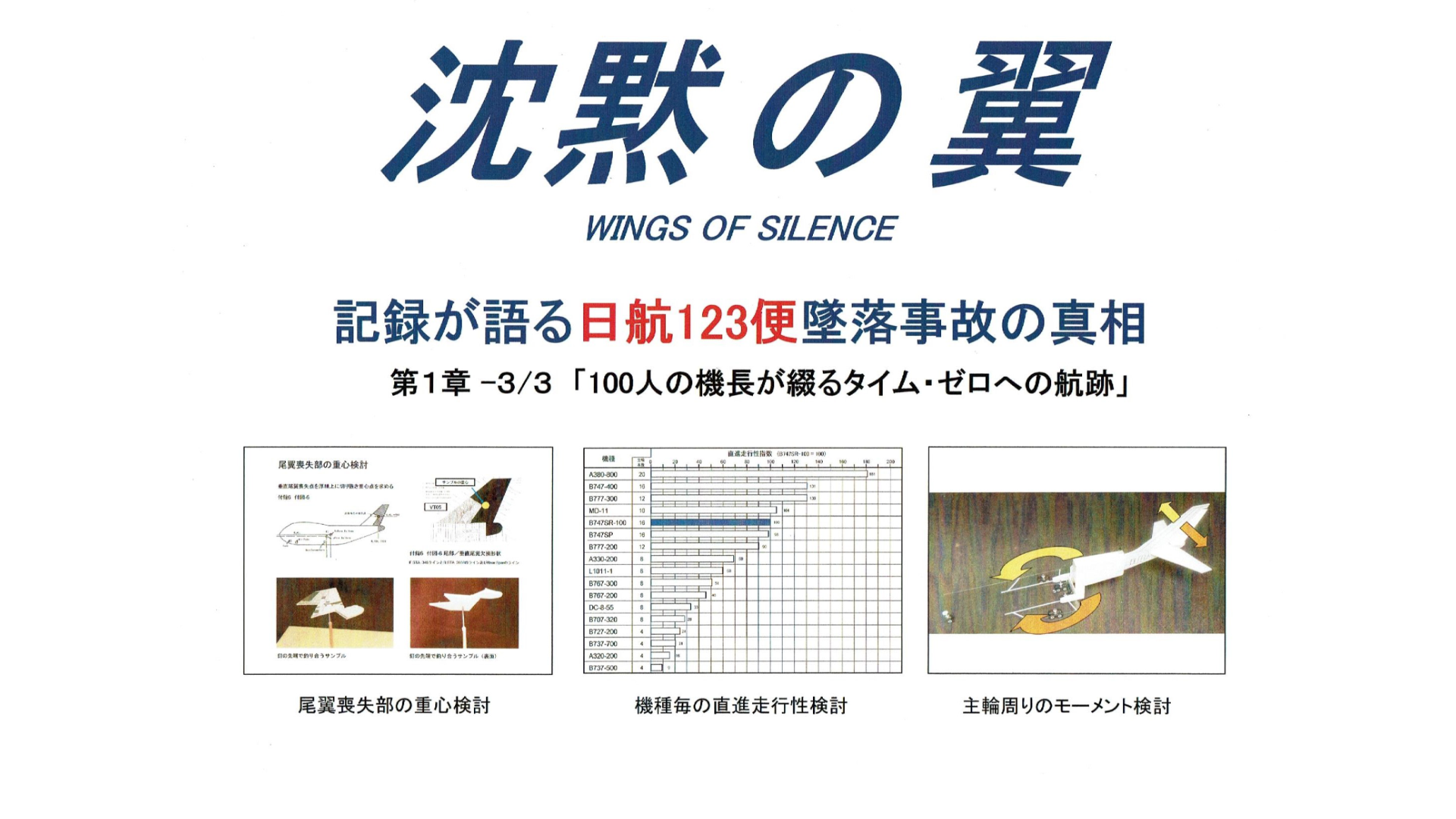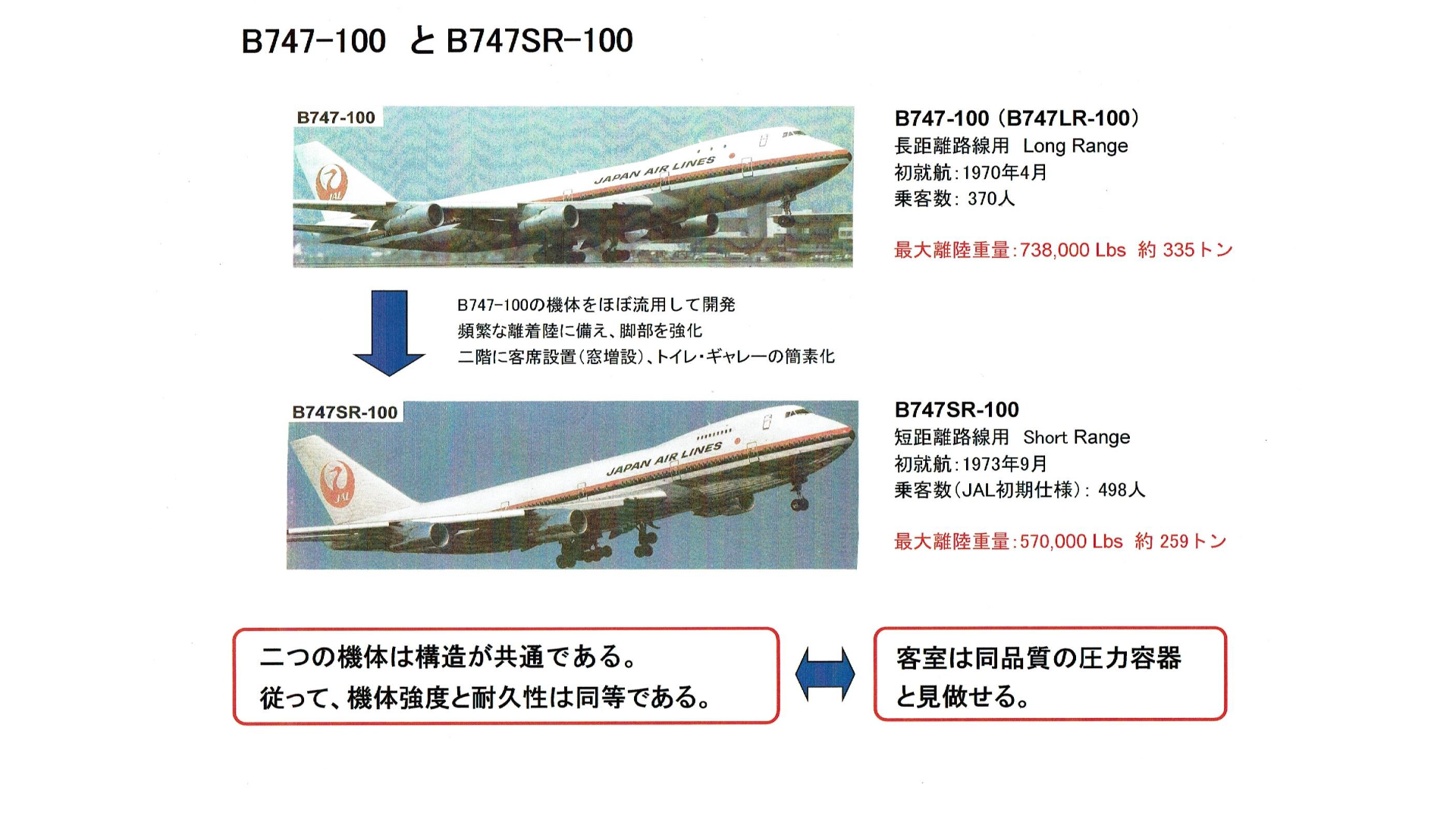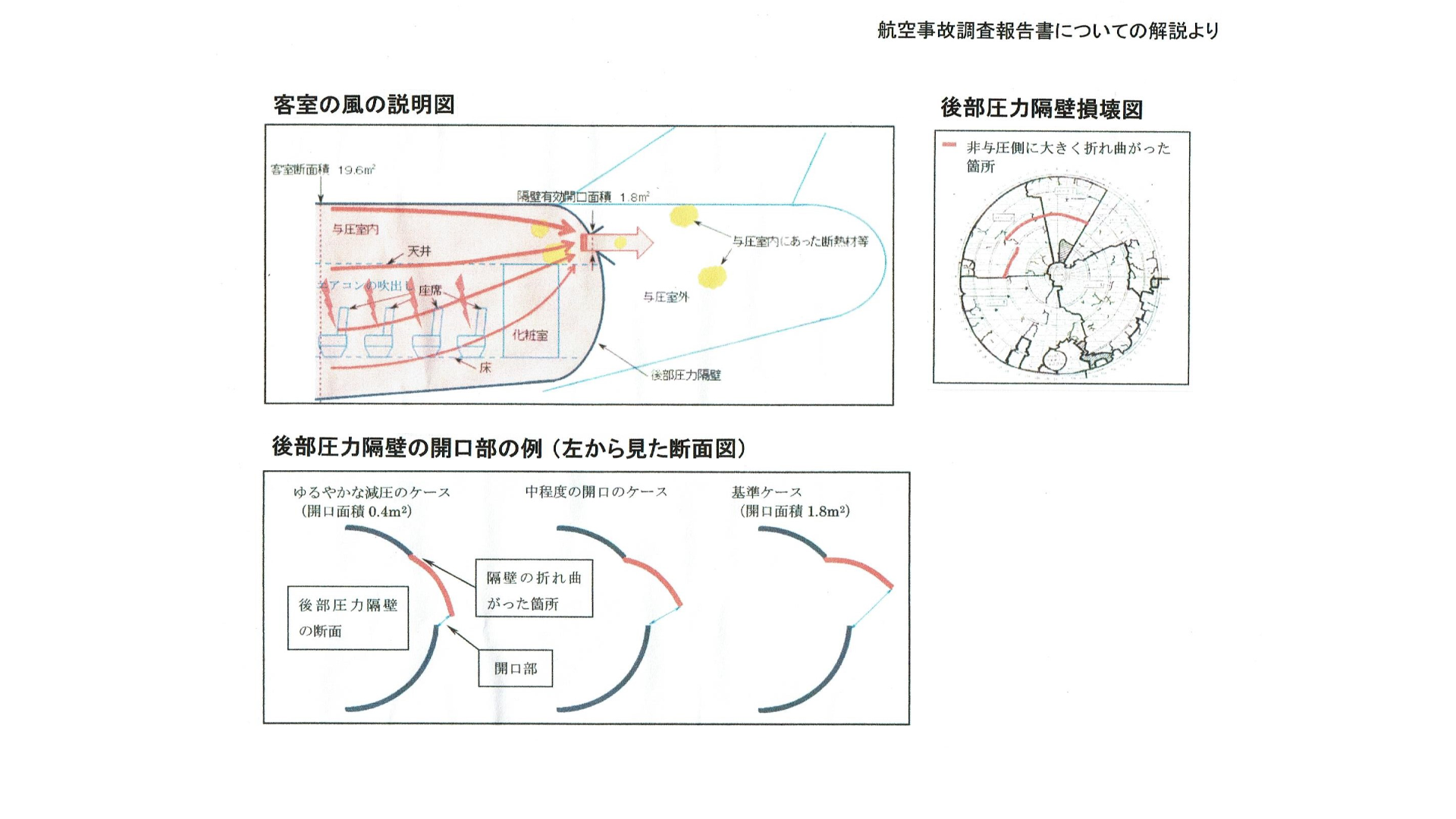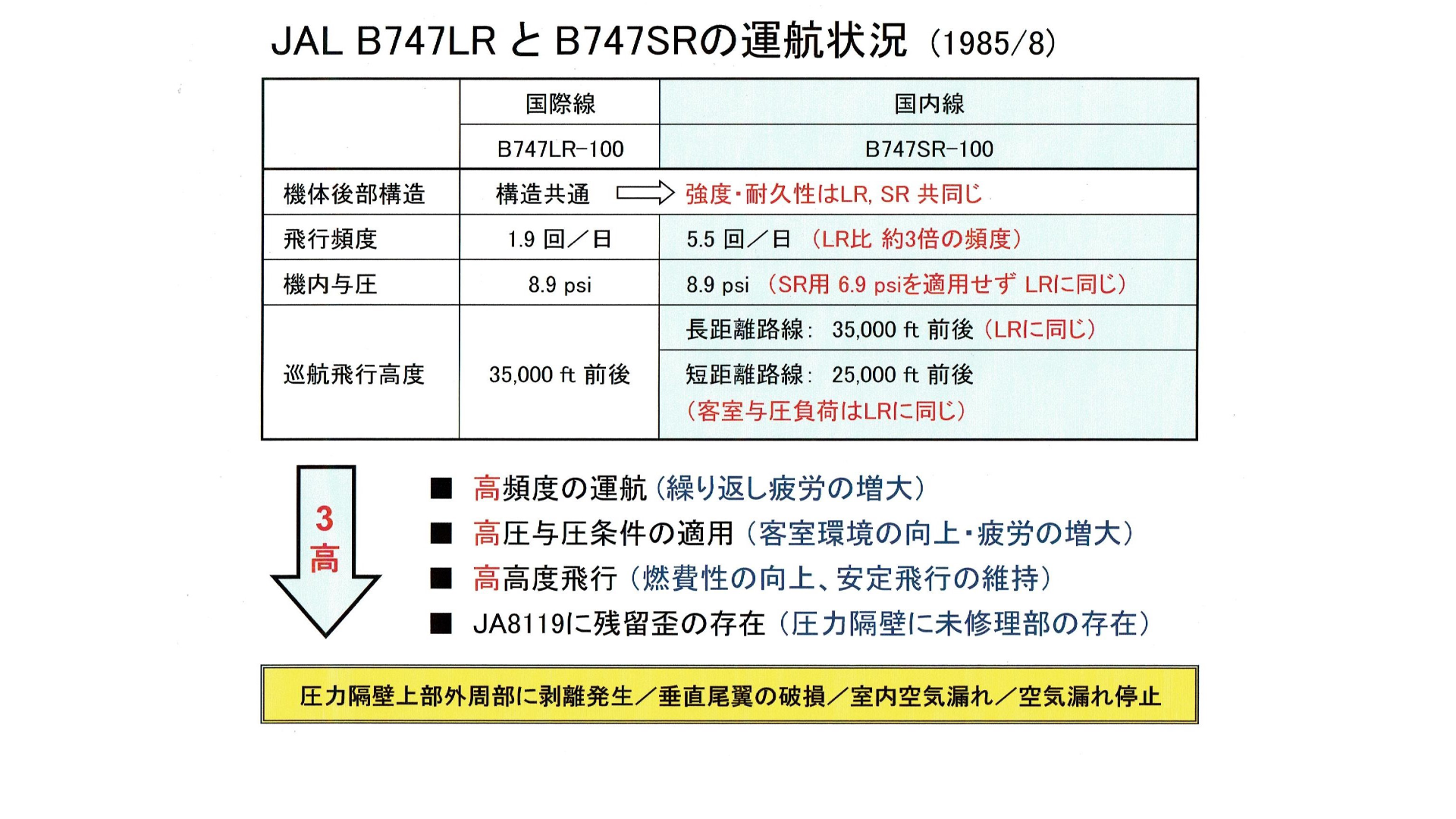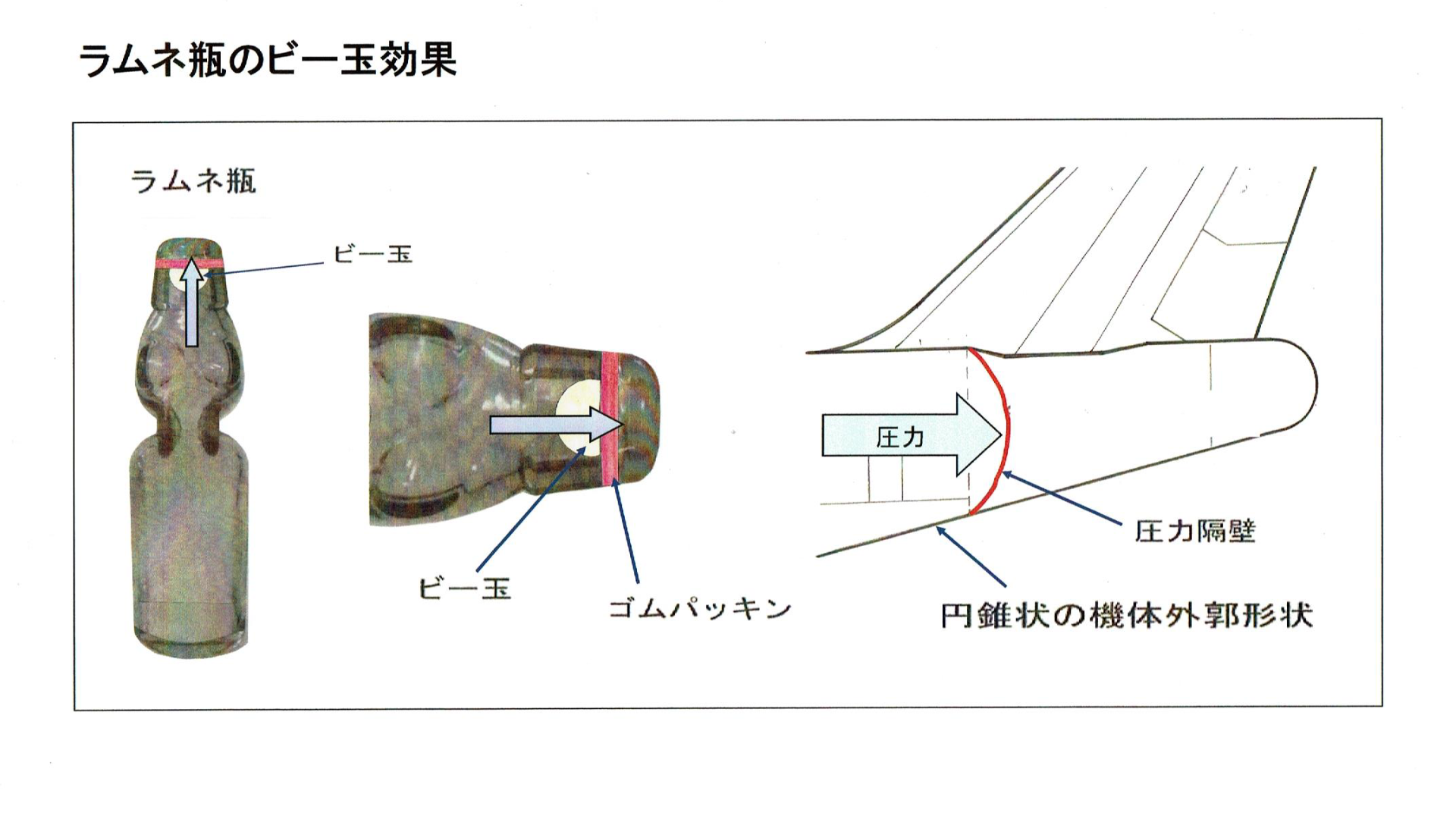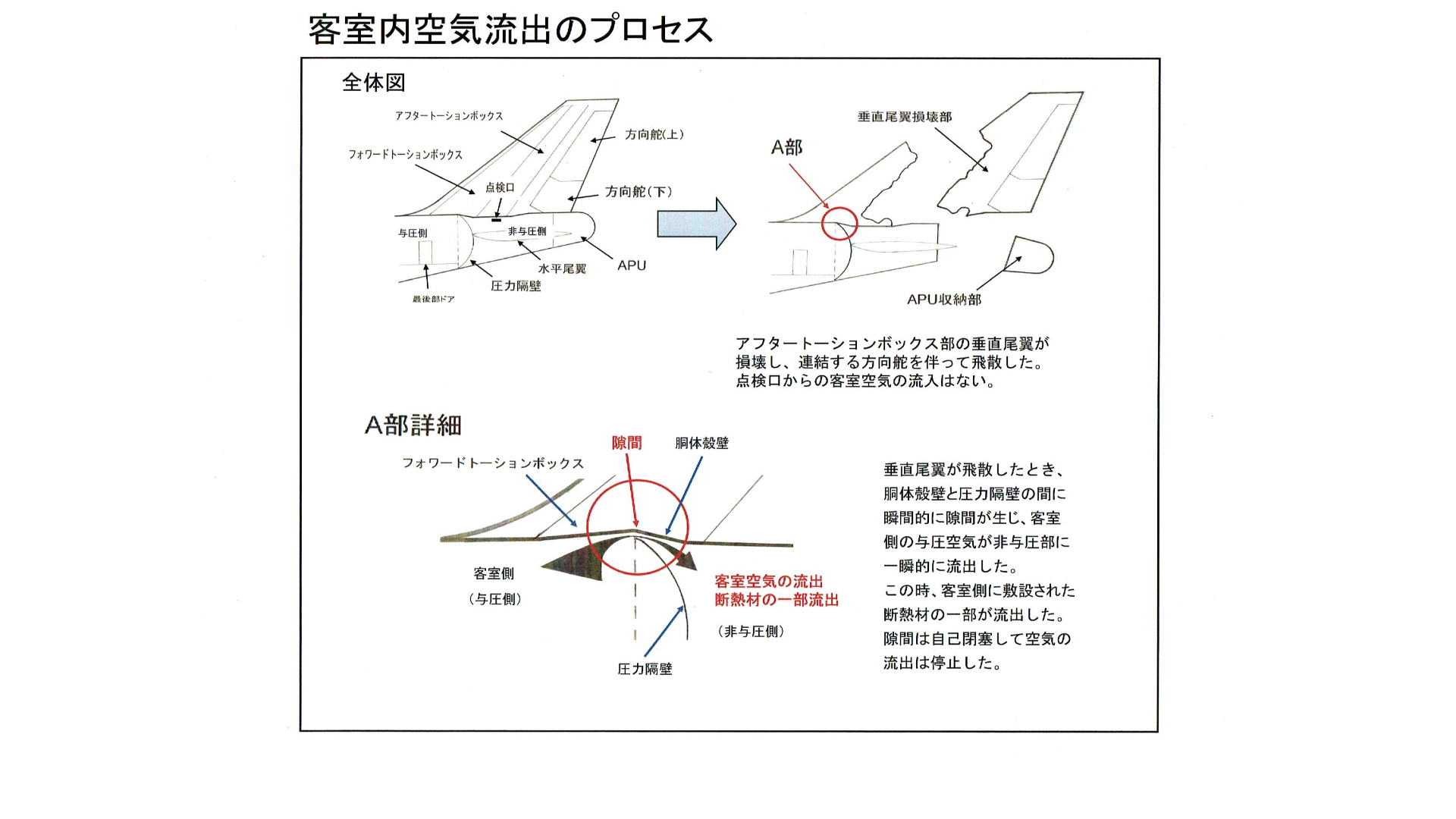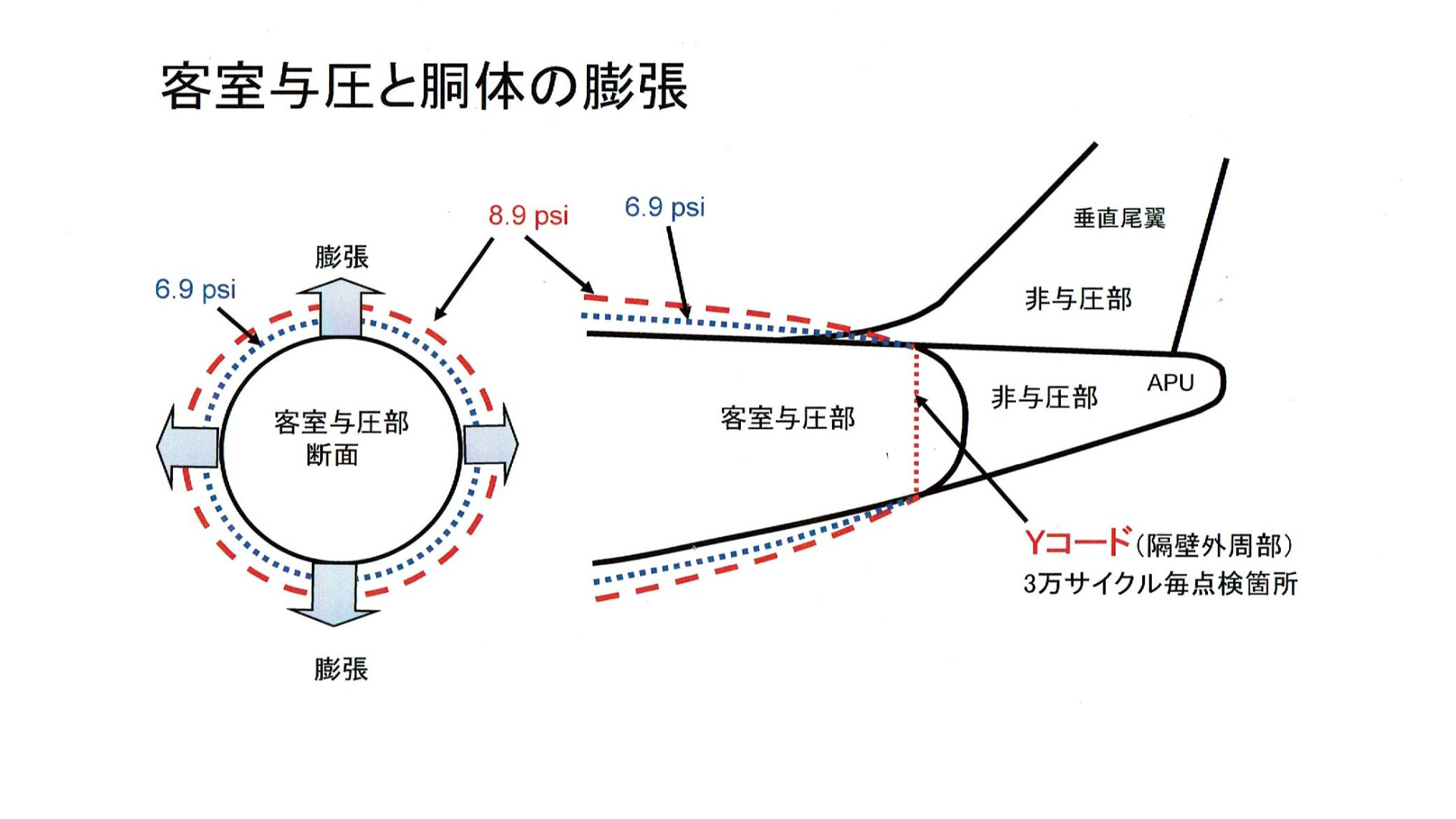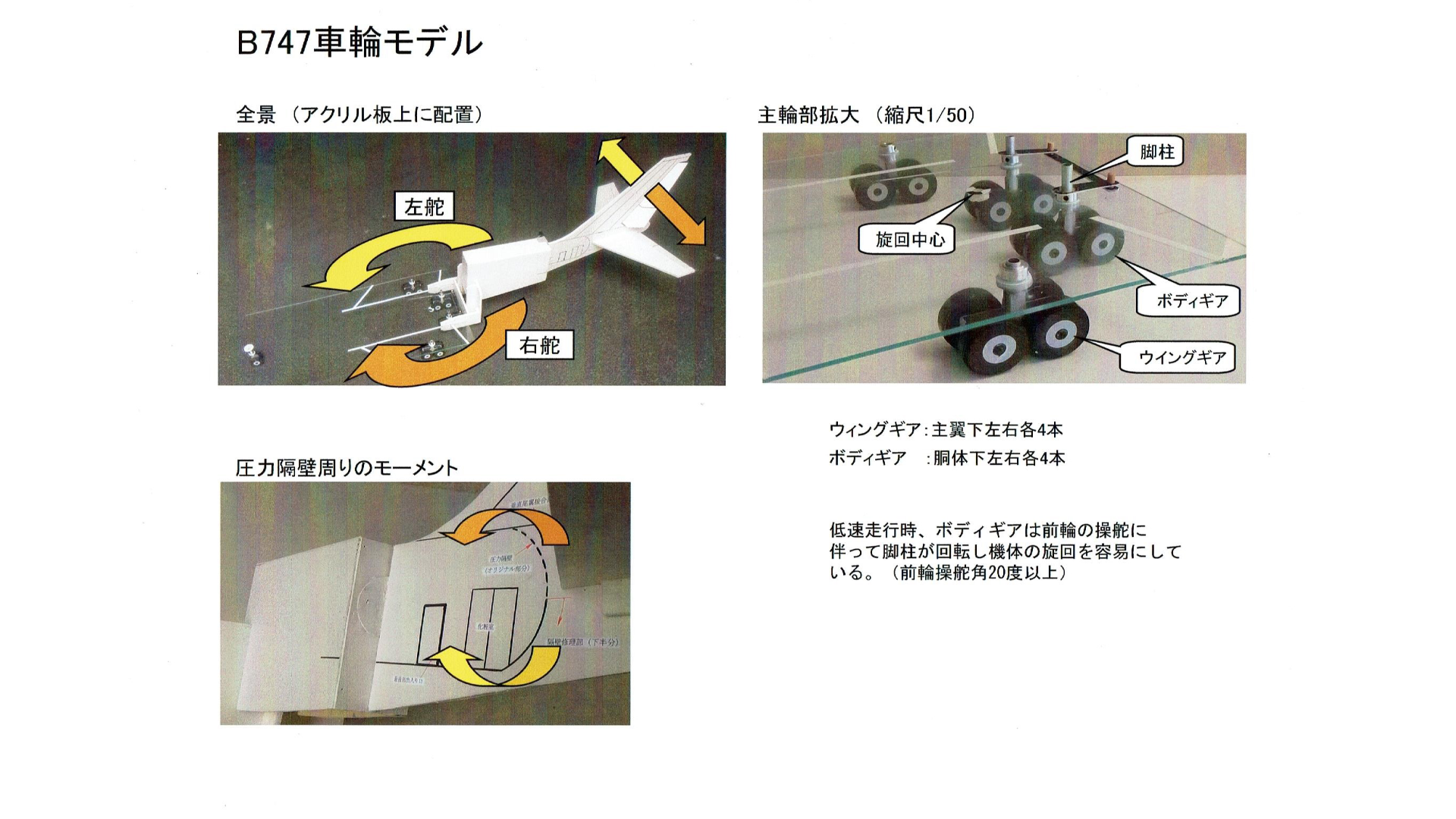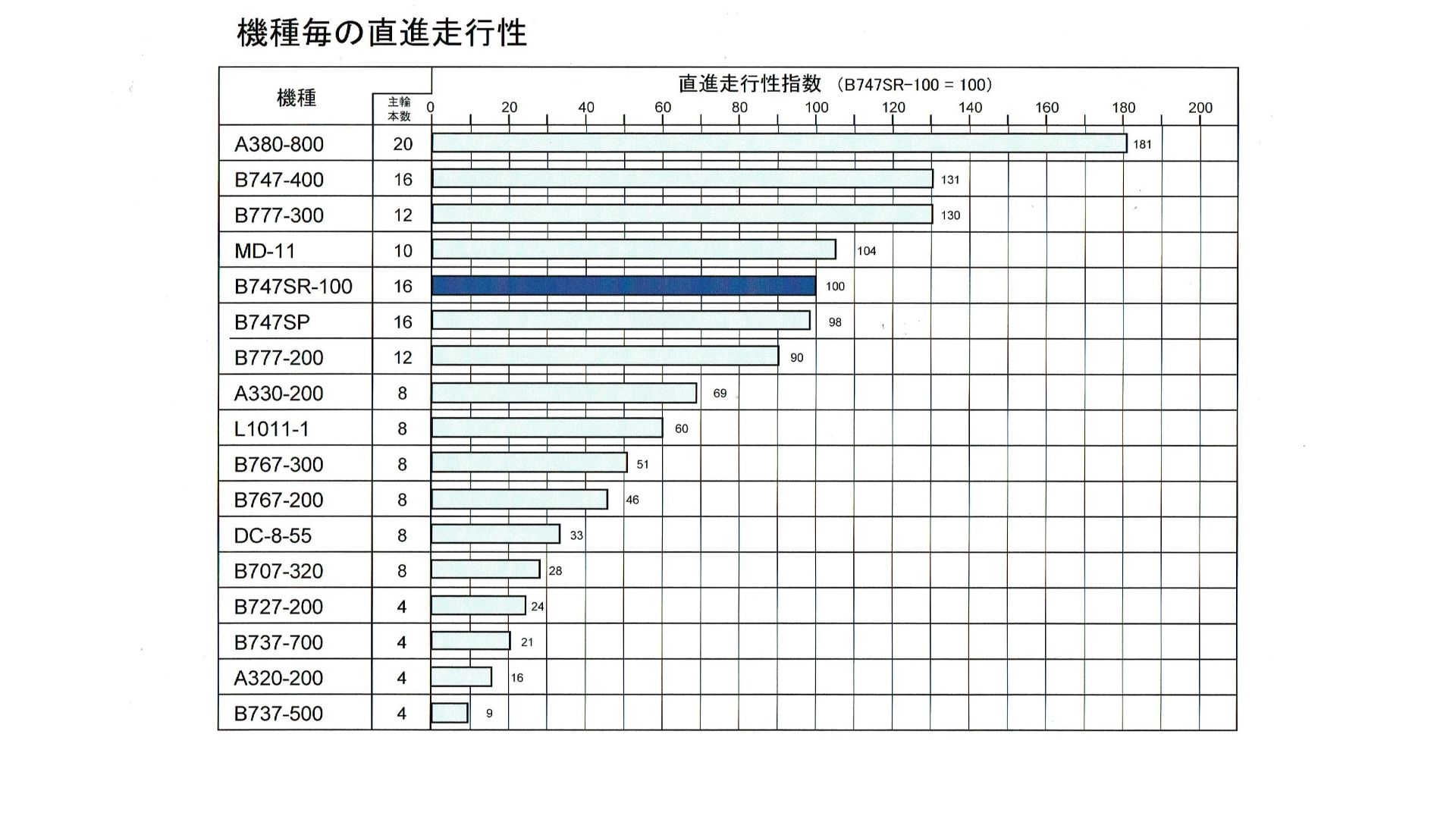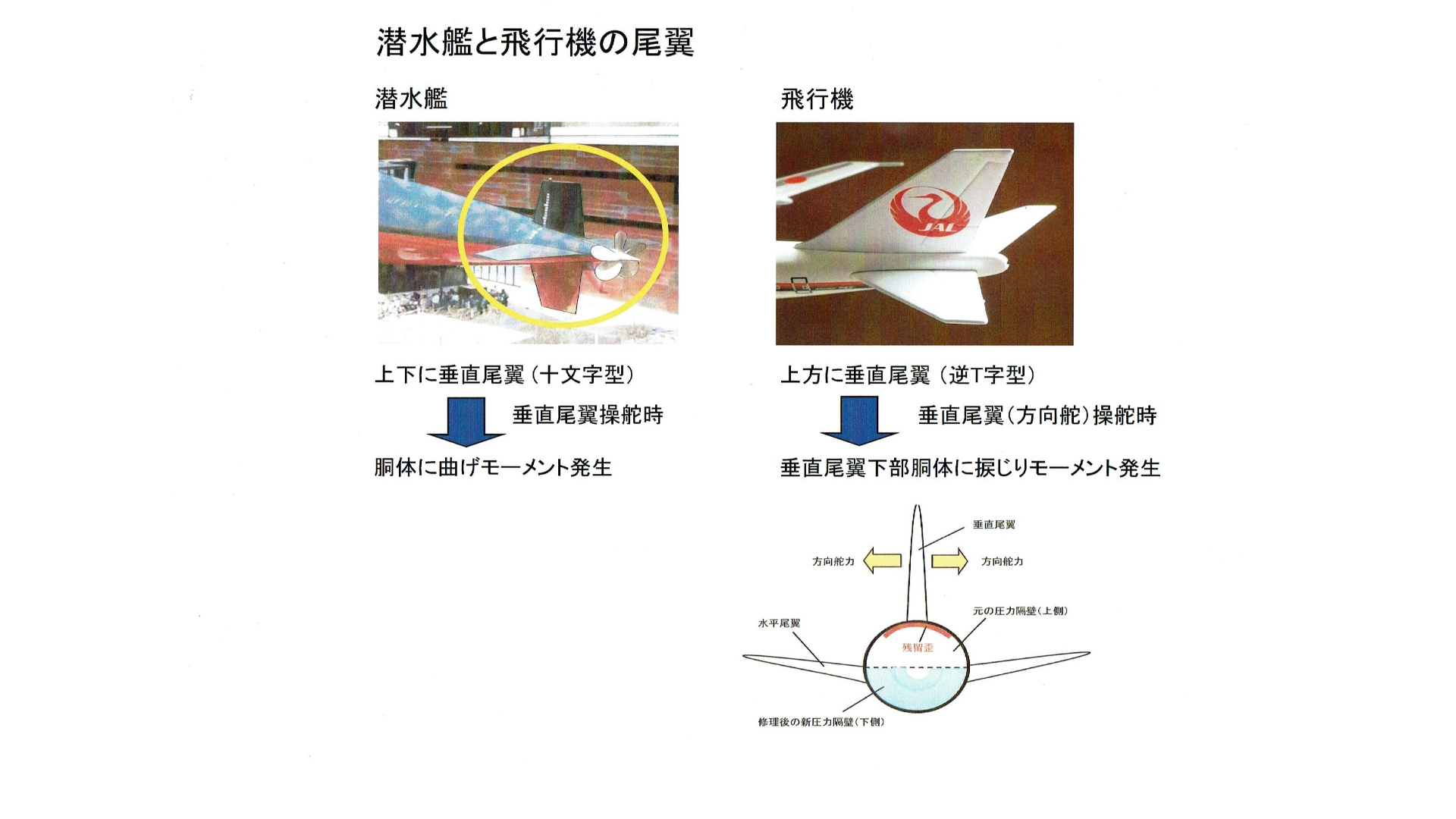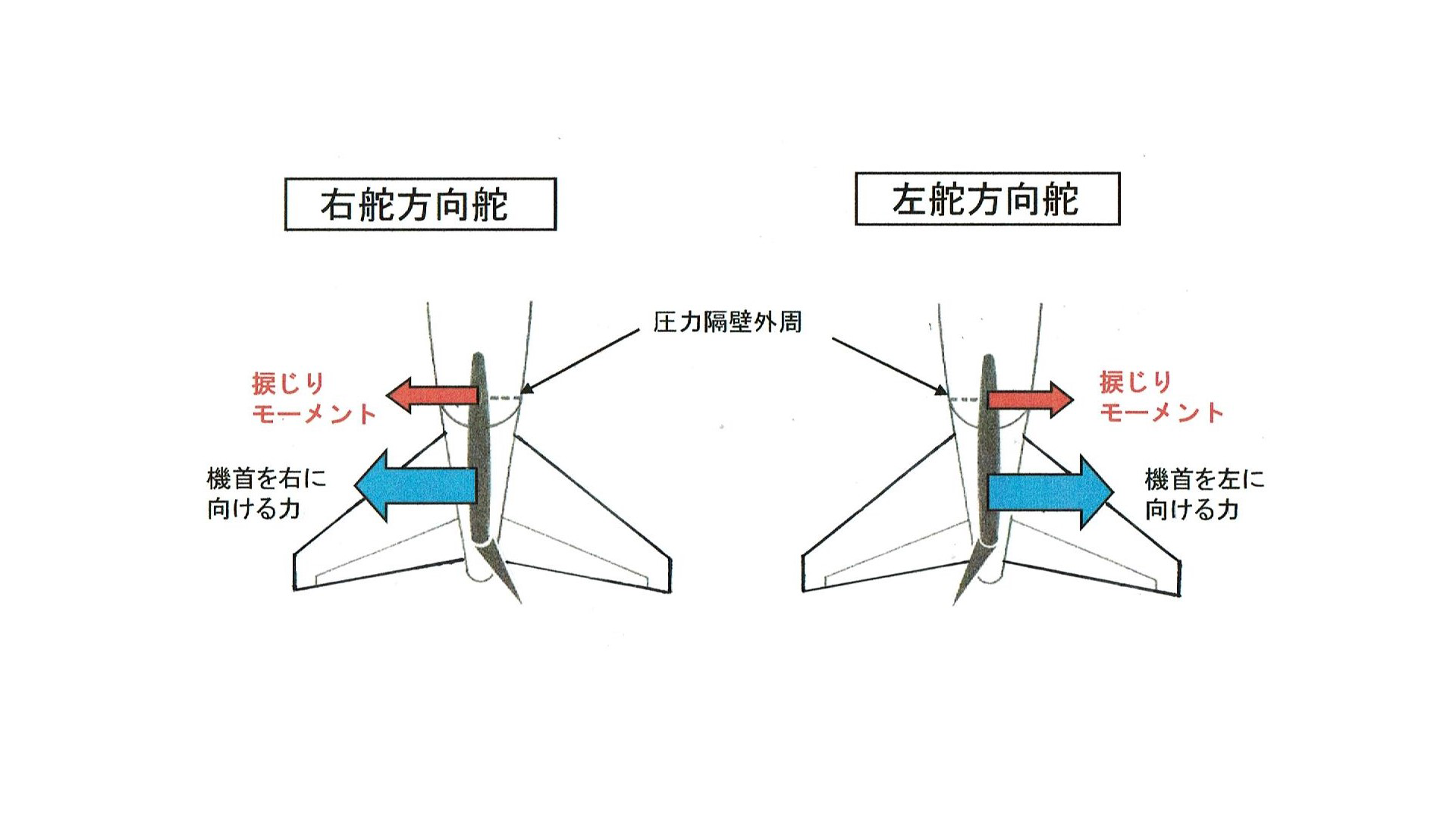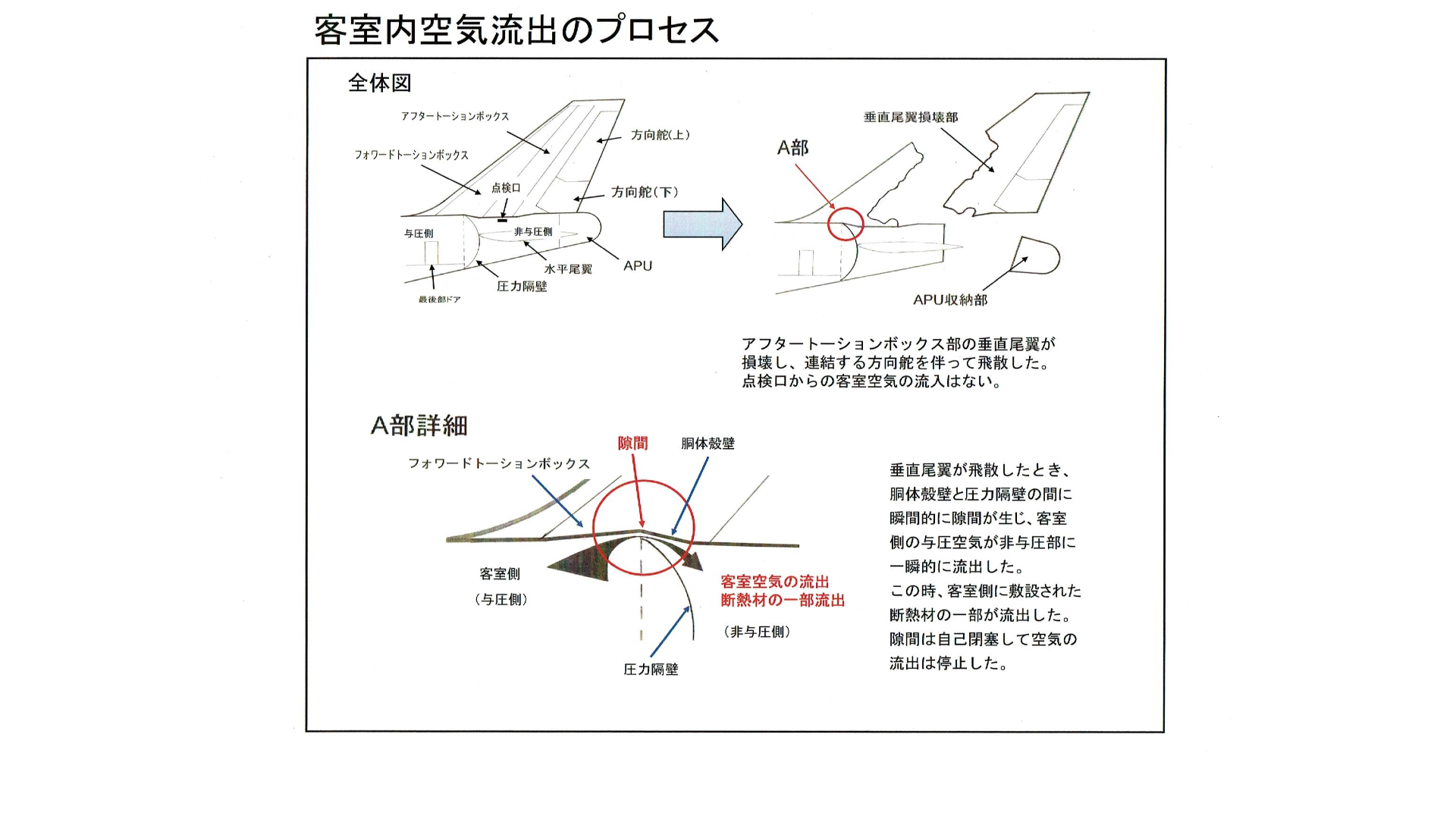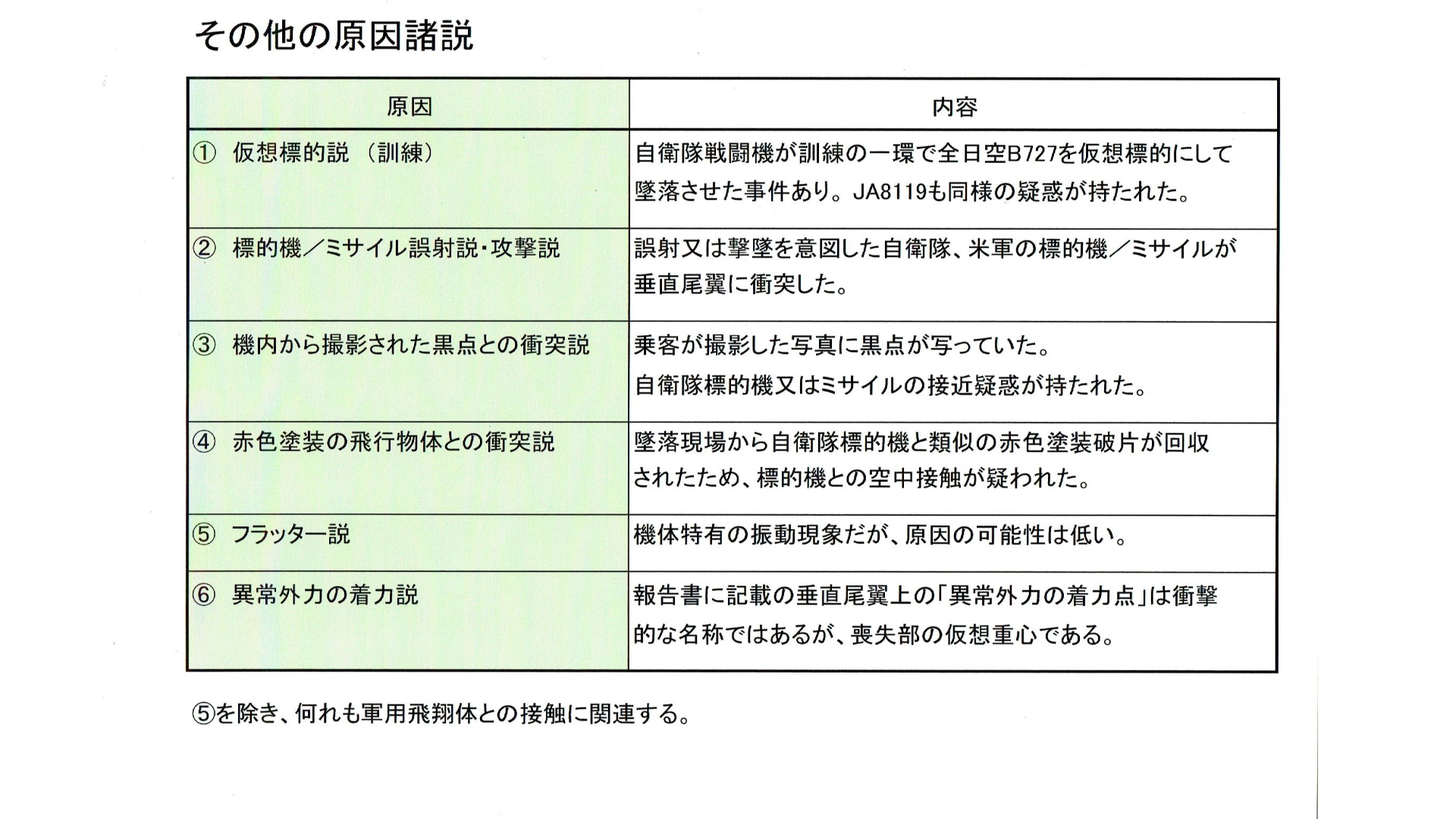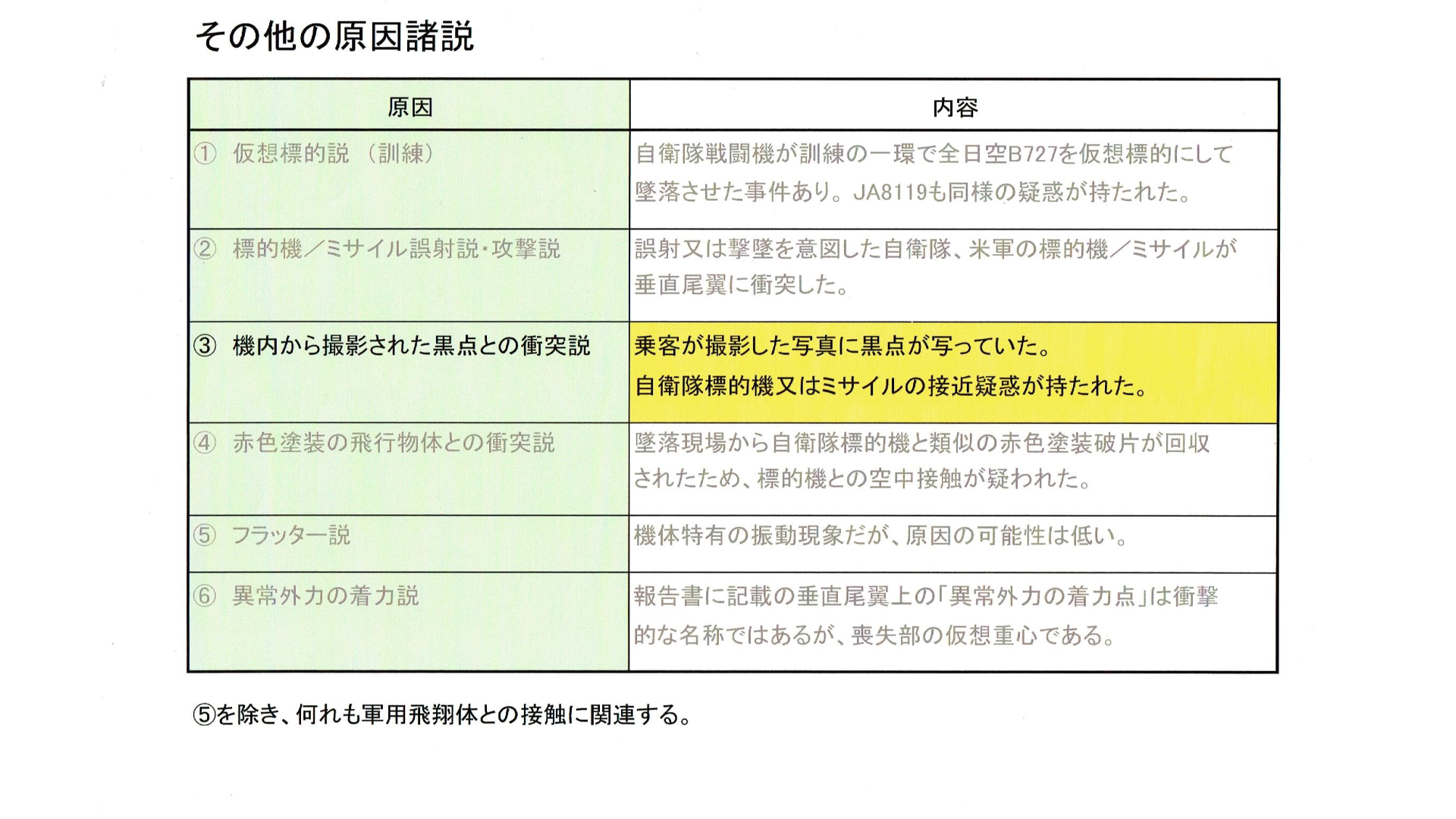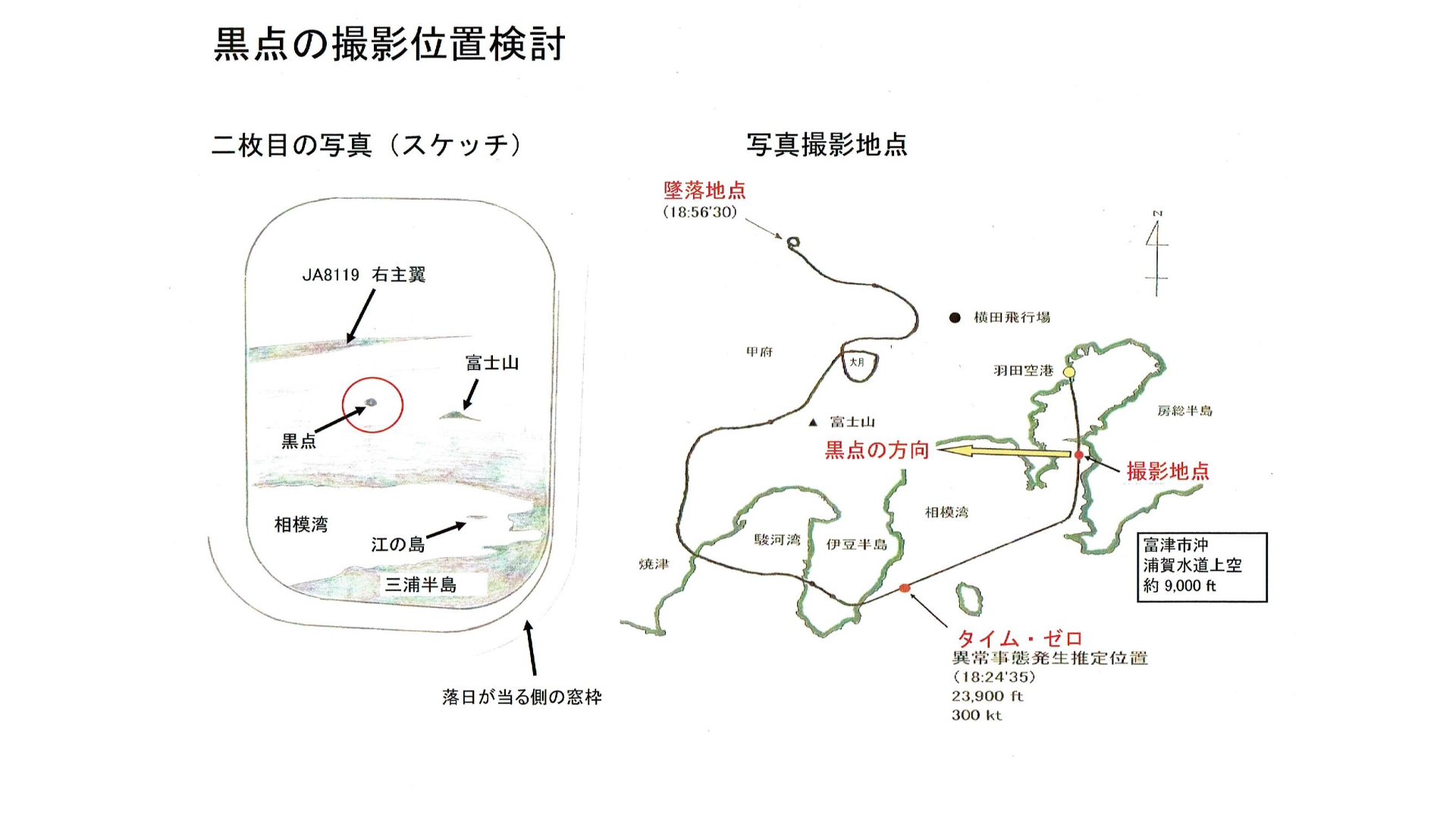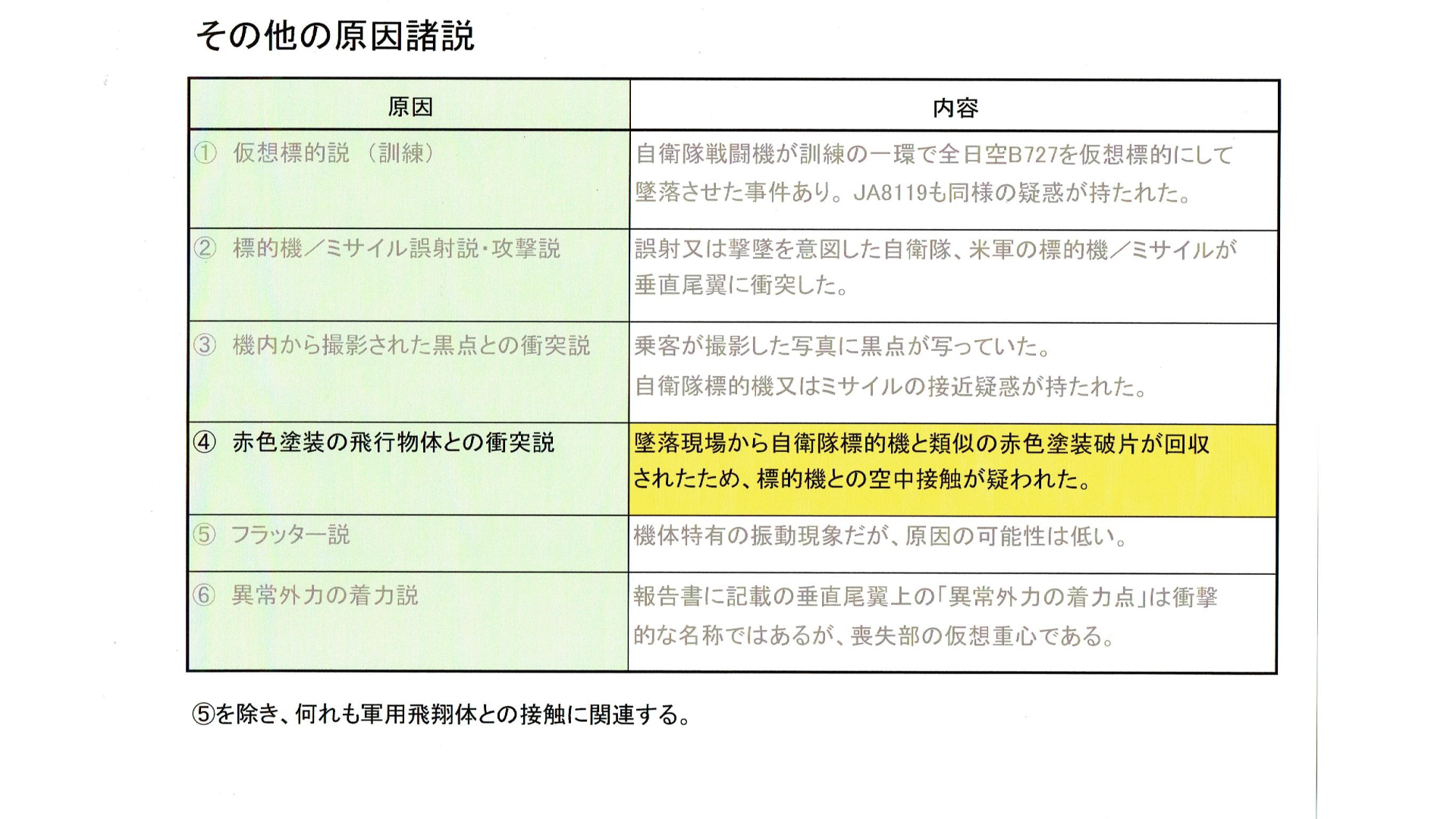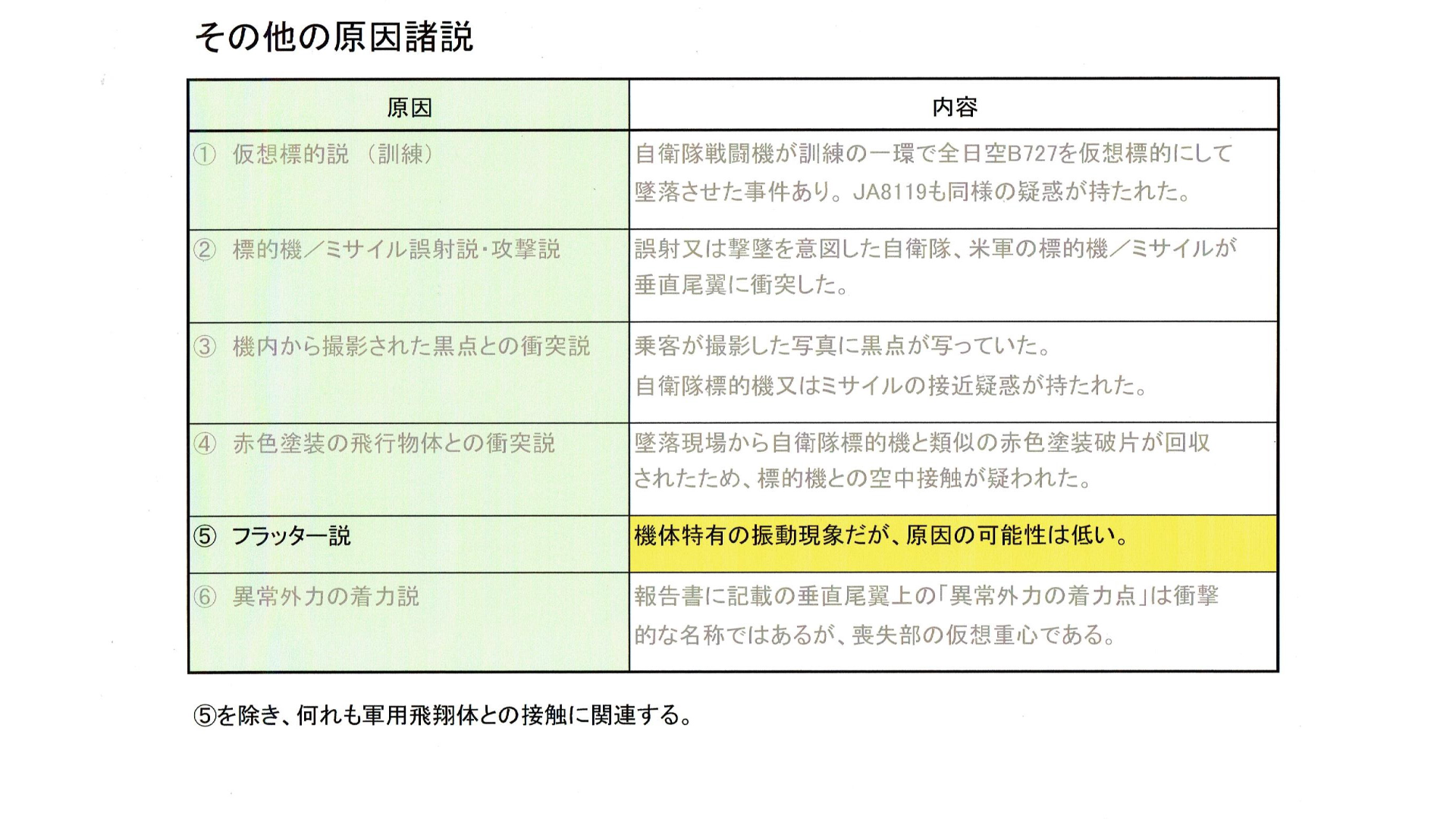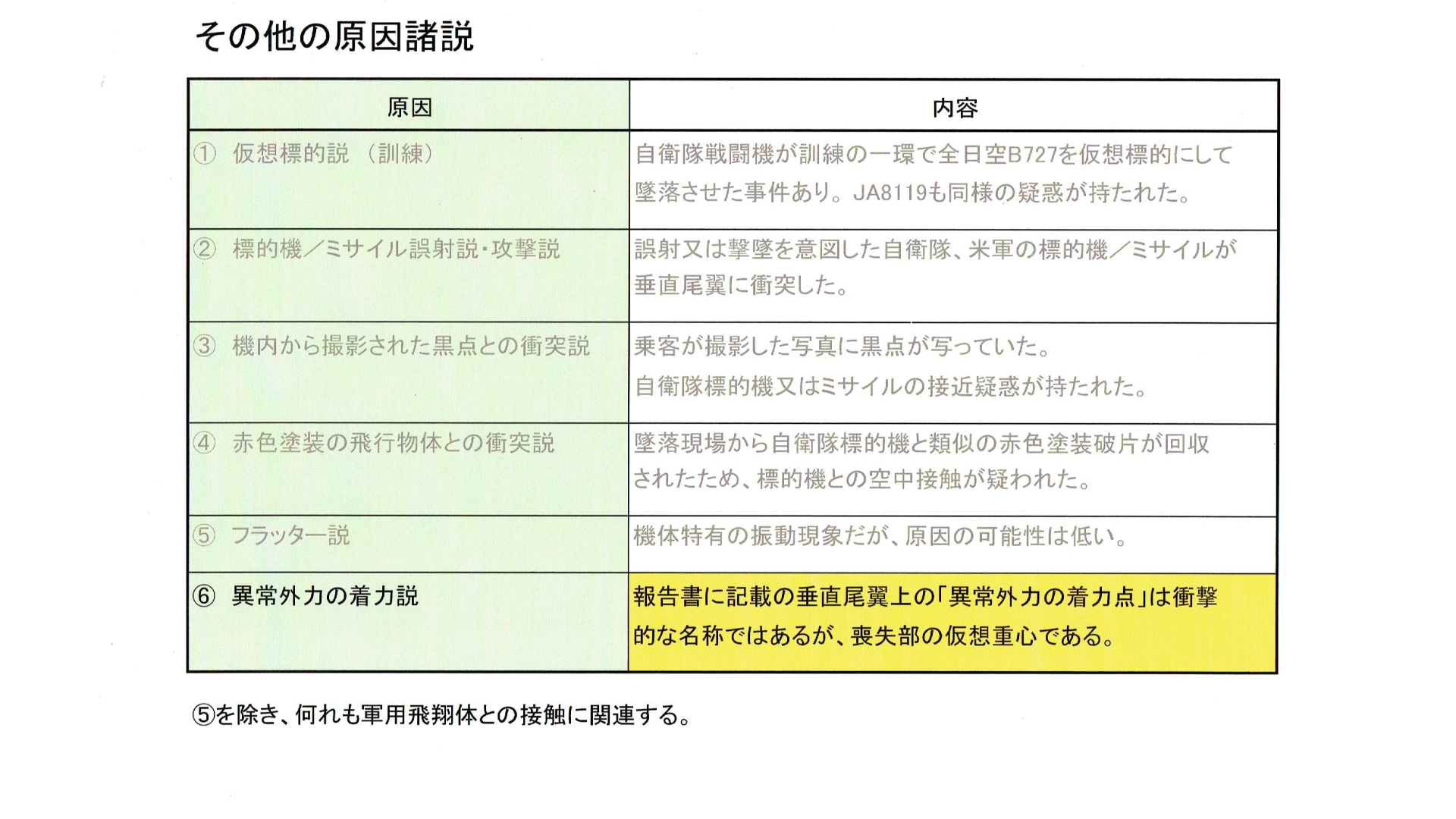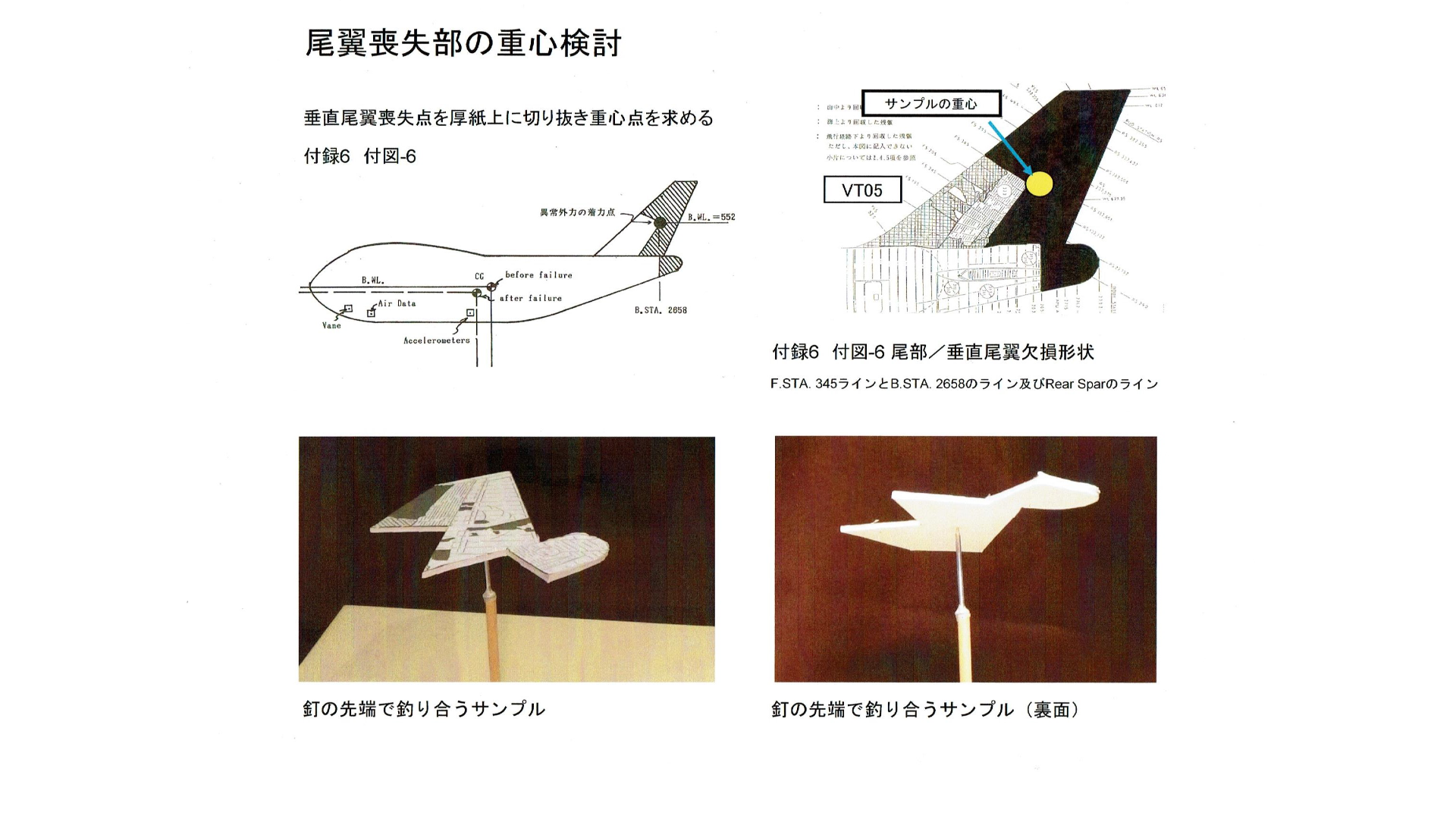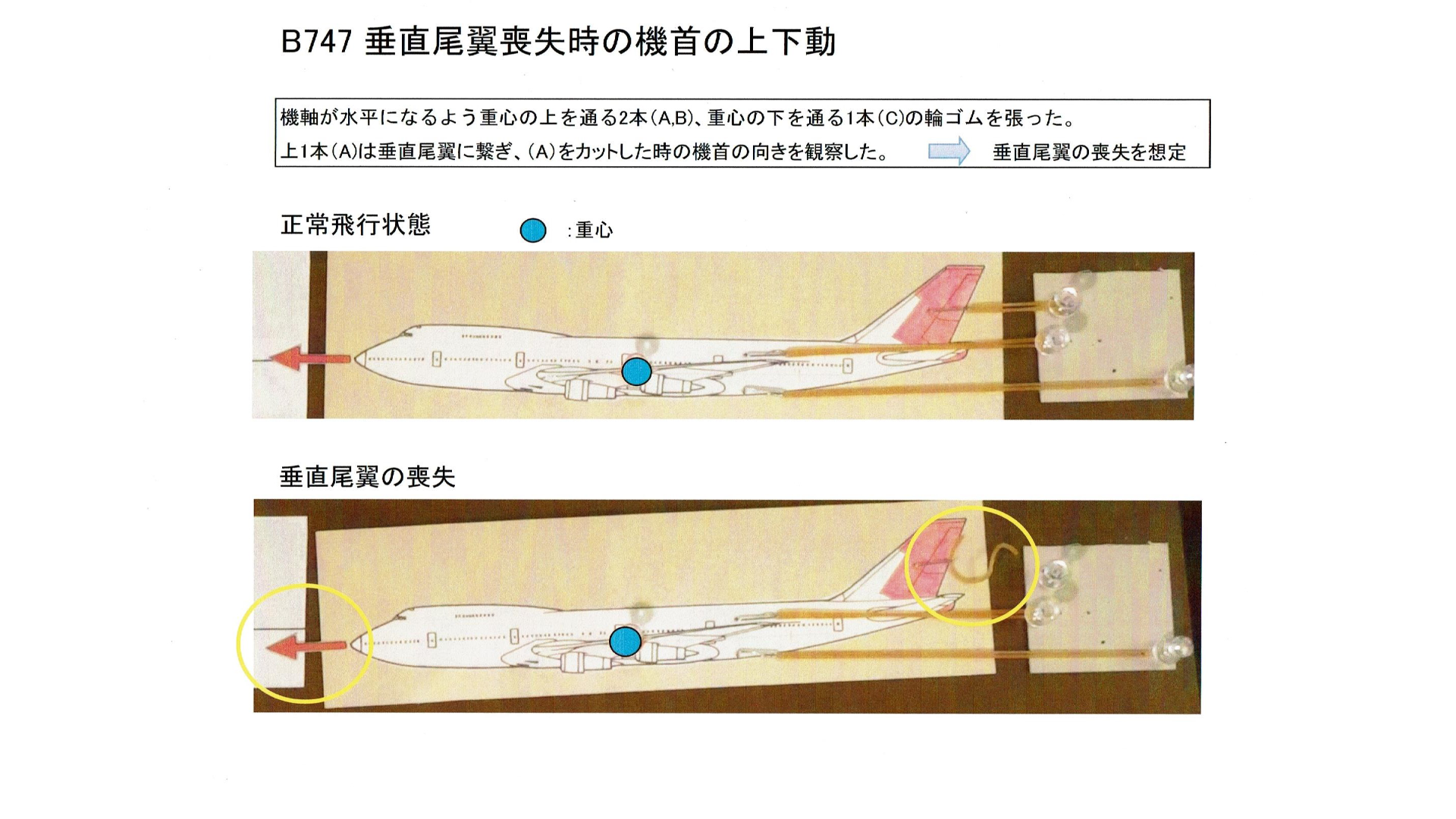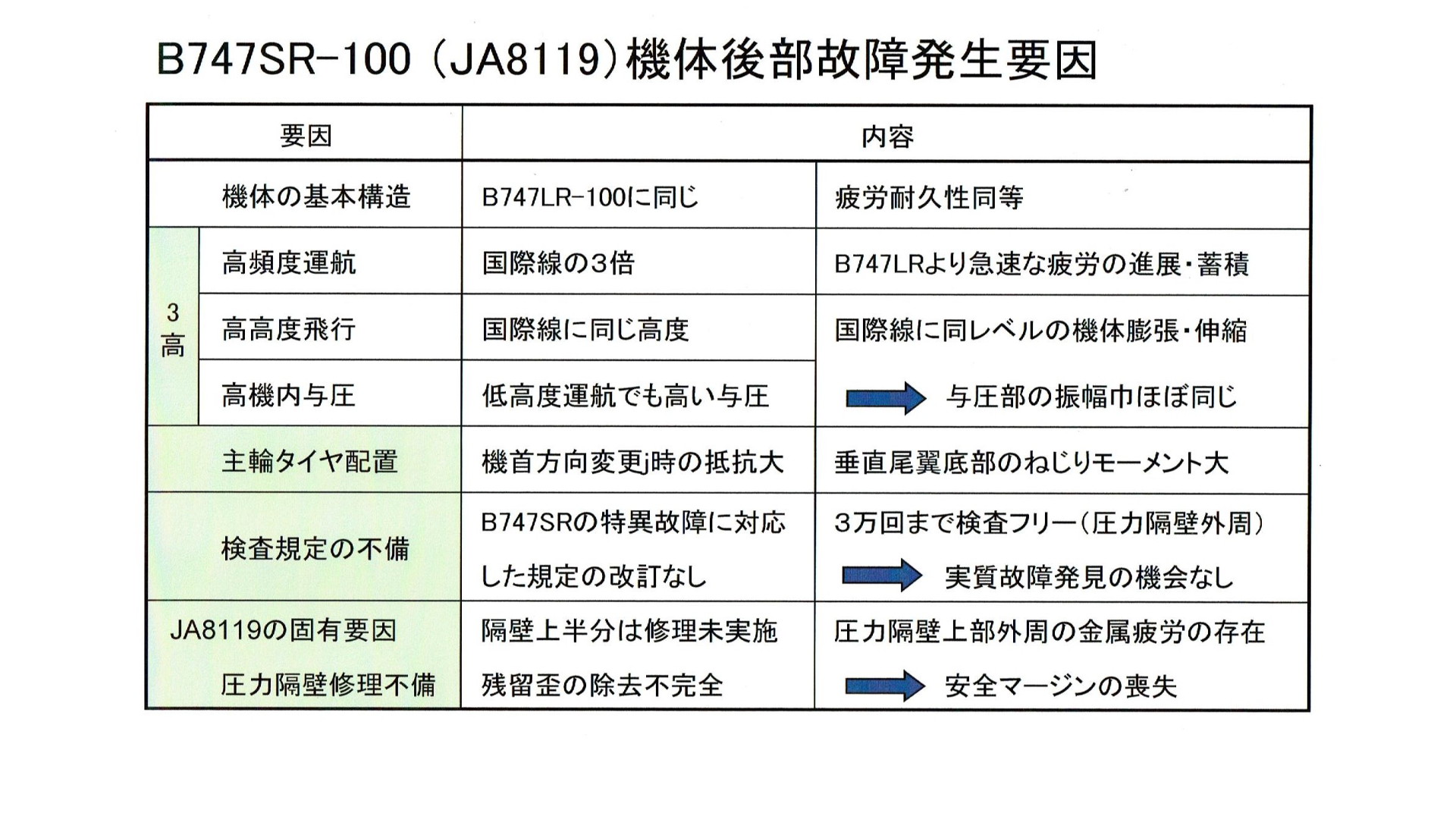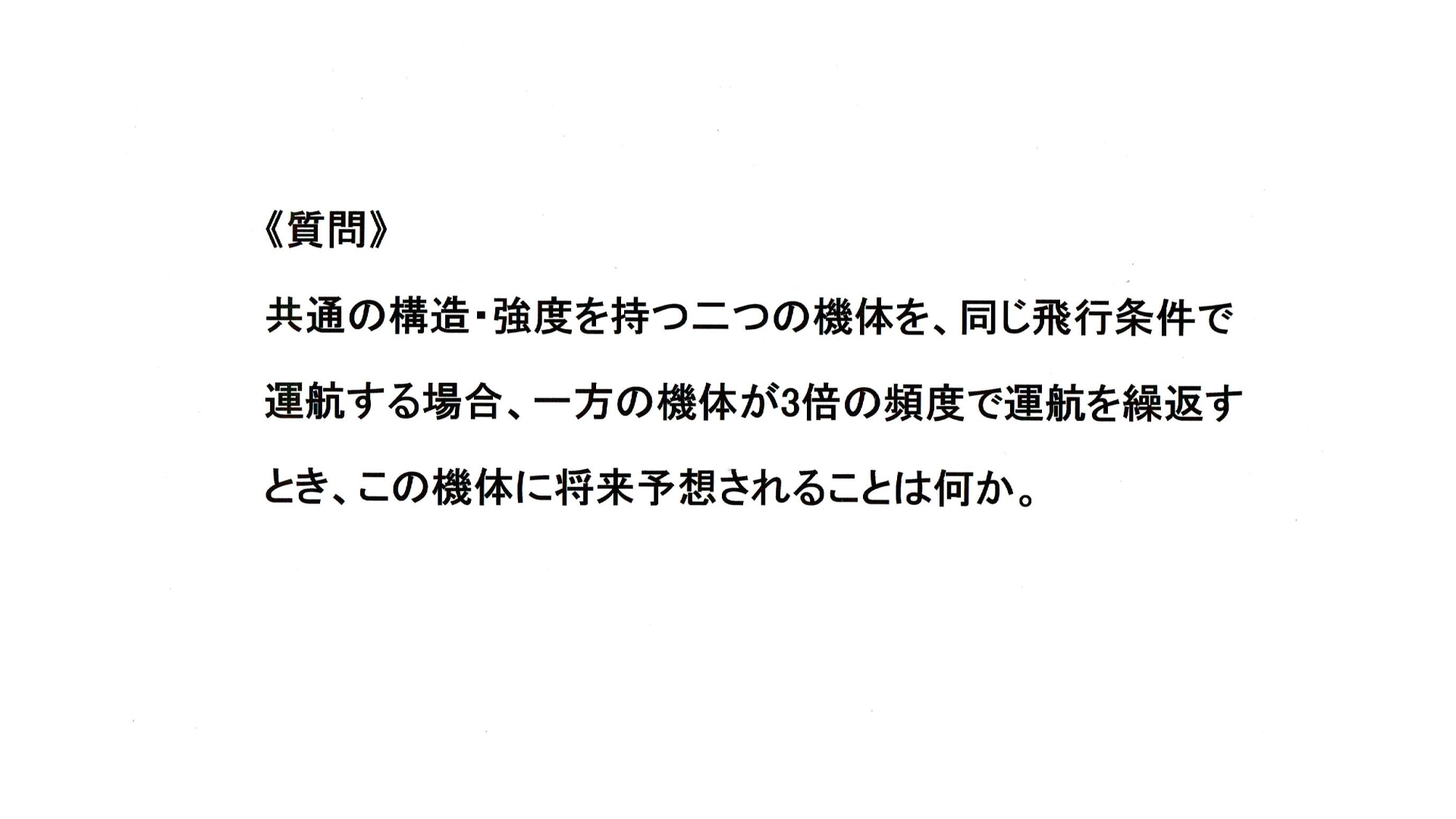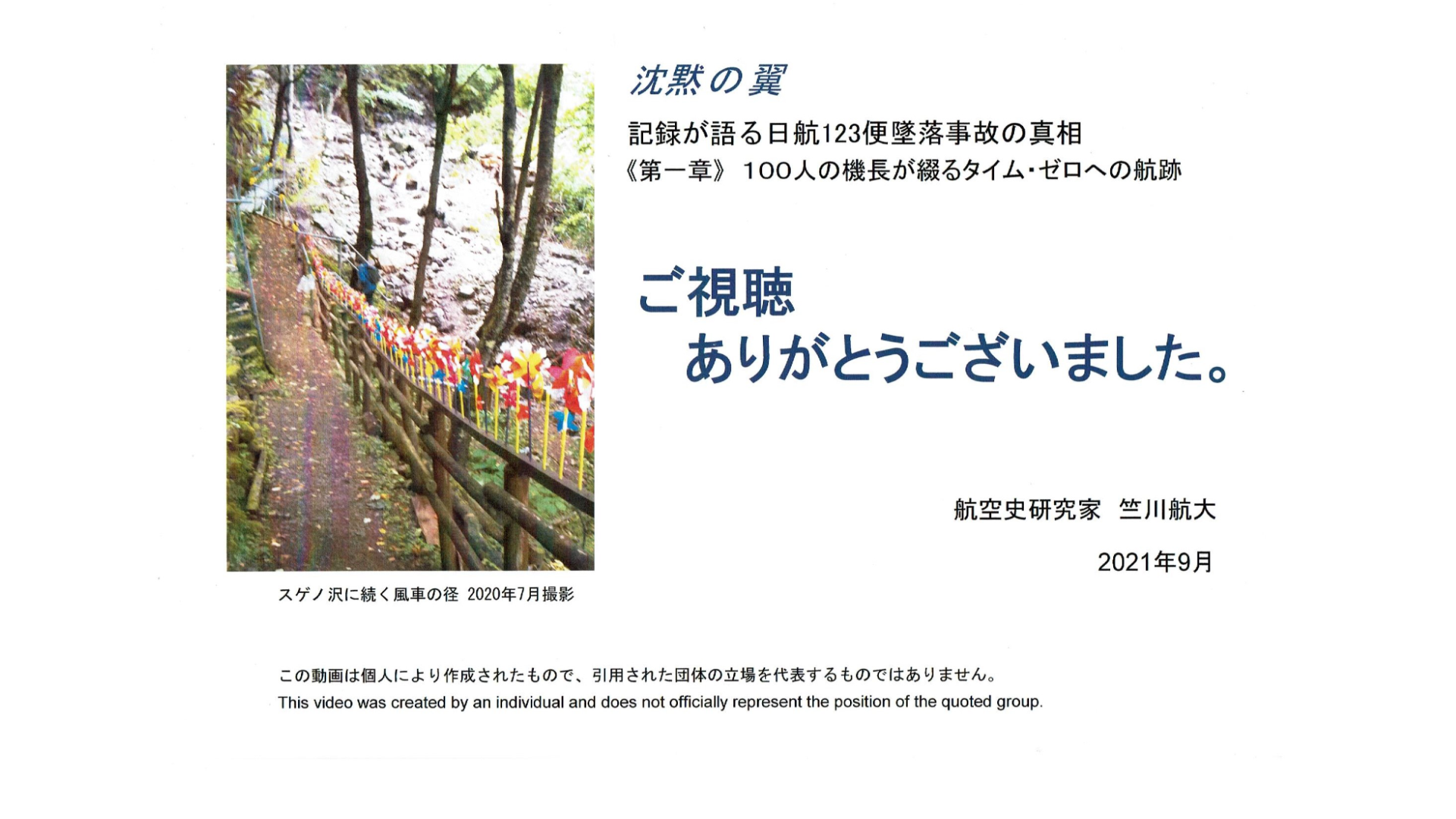Wings of Silence
Records tell the truth about the Japan Airlines Flight 123 crash
Chapter 1: Wake to Time Zero traced by 100 captains - 3
This is the third YouTube post. I have consistently considered based on objective data. I feel that I have finally found the true cause that I can understand.
From this time, I will report on each step from the rescue activity to the publication of the accident investigation report in a series from the perspective of Takahiro jikusen.
I am grateful to all of you for your comments.
I look forward to your continued support.
I am Takahiro Jikusen, an aviation history researcher.
I will report Part 3 of "The Wake to Time Zero Traced by 100 Captains".
Part 3 introduces my view on the mechanism of destruction and various theories of causes claimed by others.
Before that, I received some questions, so I will answer them.
I have listed the research report and my theory.
My conclusion is as follows.
The starting point was the residual distortion of the tail-strike accident.
• While receiving the same pressurized load, the flight frequency was three times that of the LR aircraft.
• The torsional stress of the vertical stabilizer accumulated metal fatigue at the connection with the top of the pressure bulkhead.
• The vertical stabilizer was damaged first, and the hydraulic pipe and APU were also damaged and scattered.
• At that time, a gap was momentarily created between the pressure bulkhead and the fuselage.
• Air leaked from the gap to the non-pressurized part, and a part of the heat insulating material was scattered.
• Immediately after that, the air leak stopped, so the air pressure in the cabin was maintained normally.
• The order of destruction is vertical stabilizer → APU / hydraulic pipe, which is different from the conclusion of the report.
• Therefore, the pressure bulkhead was not destroyed, and the bulkhead broke due to the impact of the crash.
• Destruction is not a missile attack.
• Repair mistakes caused by Boeing are not the main cause.
The above is my view and is basically different from the accident investigation report.
And what is important in my theory is that when the vertical stabilizer splattered, air leaked for a moment, but stopped shortly thereafter.
There was a fact that an air leak occurred immediately after the time zero.
The conclusion that an air leak leaked through a gap can reasonably explain everything that followed.
The surviving passengers felt mild ear pain and testified that a white mist had formed. Since there was decompression, the oxygen mask came down automatically. There was an emergency voice guidance.
Air leaks even though the pressure bulkhead is not torn. However, the leak stopped shortly after. Why did the air leak stop? That is the main theme of Chapter 1, Part 3.
The second question, I received the opinion that SR aircraft should take into consideration the fact that the number of passengers is large and the weight of the aircraft is heavy.
The actual weight of the aircraft is exactly the opposite, and even if the number of passengers increases by 100 compared to the LR aircraft, the takeoff weight during operation is 20% or more lighter.
The reason is that LR aircraft are loaded with a large amount of fuel.
When the B747LR crosses the Pacific Ocean, it consumes about 100 tons of fuel, but the SR aircraft spends about 10 tons of fuel between Haneda and Osaka.
JA8119 could afford to load fuel for the return flight from Osaka to Haneda that day.
The third question is also about the aircraft. We received the opinion that fatigue on the wings while traveling on the ground should be taken into consideration.
There is a number called maximum takeoff weight. The LR aircraft weighs about 335 tons, and the SR aircraft weighs about 259 tons, so the burden on the wings and legs is certainly more severe for LR aircraft.
Due to the heavy weight of the aircraft, the takeoff speed will be faster than the SR aircraft, the takeoff distance will be longer, and the burden on the tires will be greater.
Some parts become stricter like this.
However, my point of view is that if we look at the cabin as a pressure vessel, the strength and durability of both aircraft are the same, then the flight frequency will be a measure of comparison.
In other words, my view is that if you think of the cabin as a pressure vessel, you can evaluate the progress of fatigue simply by the pressure difference inside and outside the cabin and the frequency of repetition. about it.
Since it is related to Part 3, I will reconfirm the air in the cabin.
The figure is an image of the pressure bulkhead being blown off. I quoted it from the manual. Three types of area tearing figures are being considered.
One of the survivors testified that there was nothing wrong with removing the oxygen mask after about 10 minutes. So she could breathe normally.
Some have acknowledged her suicide note. There is no evidence of using a mask in the cockpit. I think these are proof that no one was deficient in oxygen and maintained consciousness during the 32 minutes of straying.
According to the report, after the pressure bulkhead broke, a hole that was the size of a tatami mat remained open with the hole turned outward.
Unless it is closed again, the air will continue to leak and the in-flight environment cannot be maintained to the extent that humans can maintain consciousness.
If the hole for one tatami mat is left open toward the outside air of 0.4 atm, it is clear that the indoor air is leaking no matter how hard the air conditioner works.
The report says it is still in equilibrium. It is highly unlikely that the bulkheads that are turned outward will go against the air flow, return to their original positions, and then close.
From this picture, what kind of process was considered to be the equilibrium of atmospheric pressure at what level? The report does not state the point. Perhaps it is the atmospheric pressure that people faint.
I am convinced that the actions people actually take in the 32 minutes after time zero cannot be explained without the air pressure that keeps them conscious.
This condition can only be explained by the fact that the pressure bulkhead was not torn and there was no uncontrolled decompression in the room.
In this situation where the pressure bulkhead has a large hole, the air supply of the air conditioner is probably empty.
I admitted that the air leak in the cabin was a fact, and then considered the scenario where the air leak stopped immediately afterwards.
I frankly thought that it would be impossible to establish the scenario for the report if the hole for one tatami mat was left open. This is the origin that many sensible people point out.
This is the reason for denying the certainty of the accident investigation report that settled on this improbable scenario and drew conclusions.
By the way, is there a convenient mechanism to stop the leaked air?
I had a strong feeling that if this could not be clarified, the report of the Accident Investigation Commission could not be said.
The impression that I read the report and the manual felt like it was convenient for me to find something that didn't make sense.
Since the first chapter covers 11 years and 6 months from the first flight of JA8119 to the time zero, I will report my opinion again in the second and the third chapter.
I will continue the explanation of Part 3.
In Part 2, the operation frequency of the SR aircraft is about three times that of the LR aircraft, and the pressurization in the cabin is the same as that of the LR aircraft.
I showed the flight frequency, flight altitude, and cabin pressurization with objective data.
I reported that the flight condition of SR aircraft are stricter than those of LR aircraft, and as a result, metal fatigue fracture may occur.
Part 3 explains the mechanism leading to destruction.
The origin of the failure is fatigue failure near the base of the vertical stabilizer at the rear of the fuselage.
The large torsional moment at the rear of the fuselage generated from the vertical stabilizer is a characteristic of the B747 and cannot be ignored.
In my old memory, I remembered the marble in the Ramune bottle and got a "Columbus egg" inspiration. Then, I came up with a process that can explain the antinomy events by neatly organizing the complicated factors that occurred in JA8119.
The shape of the Ramne bottle lying down, it just like the back of an aircraft.
The marbles in the bottle press their curved surface against the rubber packing part of the mouthpiece to prevent the outflow of gas inside.
The structure of the rear fuselage of the B747 changes into a small conical shape toward the rear of the diameter of the pressure bulkhead, so it is tight and airtight.
I had an intuition that the gas leak prevention mechanism of this Ramune bottle also applies to JA8119.
When the vertical stabilizer first broke due to fatigue, the outer circumference indicated by the red line on the upper part of the pressure bulkhead, where fatigue had accumulated due to momentary deformation, and the fuselage separated, creating a gap.
Air leaked to the rear side of the non-pressurized bulkhead. Immediately after, the gap self-closed and the air leak stopped.
As shown in this figure, it can be explained that the air leak is not from the tear of the pressure bulkhead but from the gap on the outer circumference of the pressure bulkhead.
I noticed the marble and was able to smoothly draw the process leading to the destruction.
This movement causes fatigue to accumulate at the joint called the Y-cord on the outer circumference of the pressure bulkhead, where the rigidity changes. This is the fulcrum of movement.
The Y-cord part on the outer circumference of the pressure bulkhead is repeatedly exposed to fatigue movement, but according to the inspection procedure, this part is to be inspected every 30,000 flight.
I think Boeing should have reviewed the inspection method when a fatigue crack was found in JA8118, a sister aircraft of JA8119. Was Boeing confident that it would be okay to leave it as it is 30,000 times?
JAL officials wrote in a treatise that Boeing should have revised the inspection procedure immediately, which was very disappointing.
As I reported in Part 2, there are unique characteristic of the B747. This is a structural feature related to the entire B747 aircraft that promotes the occurrence of accidents.
The B747 requires considerable force when changing the nose direction than other aircraft. The reason is that the 16 main wheels are bundled together to determine the direction.
Since I had a question, I would like to add that it is fixed straight forward when the angle of the front wheels is within 20 degrees. When turning at low speeds, the angle of the rear wheel Body-Gear tire axle is changed so that it faces the center of the turn, making it easier for the aircraft to turn.
Even with this mechanism, there are pilots who say that the B747 is difficult to turn a curve. So much, this B747 is oriented toward straight running.
The chief designer of the B747 recalled that the turning performance should have been improved, and the characteristics of the B747 were left to the end without solving the problem. I believe this feature was the cause of the accident.
Crosswind takeoff and landing would change the nose direction while causing the tires to skid, but the B747 was the aircraft that required the most force.
As shown in this B747 model photo, the nose-changing force generated by the vertical stabilizer creates a moment around the axis of rotation that is approximately in the center of the main wheel group.
I compared this power on the major aircraft.
This figure was calculated from the aircraft data, and the moment that changes the direction of the aircraft on the runway is indexed with B747SR as 100.
Large aircraft other than B747SR are long-range aircraft, and the frequency of takeoff and landing is low, so there is virtually no problem.
The B747SR is the largest number of short-range aircraft.
So, where does the accumulation of fatigue occur?
The vertical stabilizer creates a torsional moment at the fuselage connection of the vertical stabilizer. Submarines do not create because they have a cross-shaped tail.
The torsional moment repeatedly accumulates fatigue on the outer circumference of the upper part of the pressure bulkhead.
This figure is a top view of the tail. When moving the rudder, a force is applied to the vertical stabilizer in the direction of falling. It is an image that a torsional moment is generated at the rear of the fuselage, especially at the outer circumference of the pressure bulkhead.
Please see the destruction process diagram again.
The point to note is that air flowed out through the gap created in the upper part of the pressure bulkhead in part A. Immediately after, the gap was closed by itself and the air in the cabin soon recovered to normal.
At this time, a part of the heat insulating material was sucked out to the non-pressurized side through the gap and found in the horizontal stabilizer.
My view is that the vertical stabilizer is scattered first, so there is no insulation in the vertical stabilizer.
This is one of the things I would like to confirm from the vertical stabilizer that sinks in Sagami Bay.
The first chapter covers the period from the first flight of JA8119 to the time zero, but here I would like to give my opinion on other causes during the period.
There are various theories such as the theory that a flying object of the Self-Defense Forces collided with the vertical stabilizer, and that it was intentionally attacked.
I think it is extremely unlikely that an accident involving a missile or a target aircraft will occur due to the lack of evidence.
The table below summarizes the six types of causes that can be reported.
No.1 is a suspicion that JA8119 is a target training mistake of the Self-Defense Forces.
No.2 is a misfire or intentional shooting down of the Self-Defense Forces or the US military.
I have no evidence of these two, so I cannot affirm or deny them, but within the scope of technical common sense, the degree of certainty is described below, except for 1 and 2.
No.3 is about the black object in the picture taken from the cabin.
A black object appeared in the photograph taken by the passengers, and it was suspected that the object collided or that the object was a missile or a target aircraft.
I would like to report my technical view as this photo is a material to reinforce the missile theory. Report with a simple image sketch and verbally.
Six pictures were taken. The sixth photo is the only photo of the cabin after the abnormality occurred.
The black object in question is shown in the second photo.
However, I felt uncomfortable with being a missile or a target aircraft.
Mt. Fuji, Enoshima, and Miura Peninsula were shown in the background of this photo. If this object is a missile, it is heading east.
When I calculated the location of the photo, I found that it was a photo over Uraga Suido, about 6 minutes before the time zero.
At that time, all cameras were film type, so dust may get inside when changing the film. This phenomenon cannot be avoided. In this case, the sunspots are very likely to be dust that has entered the camera.
It is the appearance of black dot that I have also experienced. In this case, the black dot is very likely to be dust that has entered the camera.
The size of the dust seems to be about 0.2 mm.
I don't understand why this photo is incidental.
Because the black dot seems to be dust on the film, and if the black spot collided with JA8119 6 minutes before the time zero with a missile, it would be recorded in the flight recorder, but there is no abnormal record.
Also, the missile wings are not visible in the black spot. Did the black dot make a U-turn and chase after the Izu Peninsula?
The fourth shows the discovery of a red-painted wreckage believed to belong to the target aircraft at the crash site.
It is based on the fact that this paint color is similar to the target aircraft, but I think that there were various other red items such as red suitcases in the cargo at the site.
I think that assertive judgment should be avoided as long as there are other possibilities.
The fifth is the flutter generation theory.
This is a phenomenon in which a part of the main wing or tail wing of an airplane suddenly vibrates and suddenly increases, causing the worst destruction.
Research in this area has been established and no bugs have been reported by the B747 to date, so I do not believe it is the main cause of this accident.
As I reported in Part 2 regarding vibration, the man who boarded the rear from Fukuoka on JAL366 flight just before JAL123 flight admitted in his memoir that he heard an eerie squeaking noise heard from the ceiling during flight.
The investigation report reports on the abnormality of the toilet at the end.
Although there was no problem on the ground, 85% of the 9 toilets were concentrated in 3 rooms adjacent to the pressure bulkhead. This concentration is unusual.
It may be evidence that the twist was repeated during the flight just below the vertical stabilizer.
Sixth, there is an opinion that the "point of impact of abnormal external force" described in the report is the collision point of the missile.
The phrase "abnormal external force" is exciting. Focusing on this, there was an idea that this point was the collision point of the missile or the target aircraft.
First, the report gives a definition of the word. By definition, external force is the force generated after an abnormal situation occurs. It is clear that this point of impact is not the missile's collision point.
I had an intuition that this was the virtual center of gravity, and I didn't feel uncomfortable with the defense.
As a matter of course, there is no mention in the report that it is a collision point. It is natural for the accident investigation report to consider changes in the moment of inertia and the center of gravity.
So I tried a simple experiment.
I prepared a cutout model of the lost vertical stabilizer with thick paper attached.
When the cut-out sample was placed on the tip of the nail, it was balanced near the point of impact of the abnormal external force.
As expected, the point of impact of the abnormal external force was the virtual center of gravity.
Originally, the mass distribution of the rudder and APU should be measured in detail, but it was expected that the change to the whole would be small, so it is appropriate to think of it as the virtual center of gravity of the same plane as I made.
Looking at the cutout of the lost vertical stabilizer that balances at one point on the needle tip in the 360-degree direction as shown in the photo below, I do not get the idea that this pinpoint is the contact point of the missile.
Due to the loss of the vertical stabilizer, air resistance decreased and momentary forward acceleration occurred. Since the lost part was in the upper rear part of the fuselage, it is reasonable to think that a moment to lower the nose was generated.
I did a simple experiment on this subject.
I prepared a B747 pattern and fixed the position of the center of gravity with a pin. I pulled the top and bottom of the center of gravity backward with a rubber band. Above are two rubber bands, one connected to the vertical stabilizer. The axis is parallel to the horizon.
When I cut the upper rubber band assuming that the vertical stabilizer suddenly scattered, the nose of the pattern was lowered as shown in the photo below.
This experiment visualizes the initial basic operation.
The details of the accident are summarized in three HIGH.
High frequent flight schedule, High altitude flight, High cabin pressurization, we must pay attention to the fact that three highs overlapped at the same time on JA8119.
There is a strong sign of metal fatigue in JA8119.
3 HIGHs seems to be very important, but the accident investigation report does not compare these relationships with the LR aircraft.
What is certain is that are JA8119 self-destructed with a time bomb that it had been holding for seven years, rather than a missile attack or a collision with a target aircraft.
This is a frank impression I felt through the data.
I would like to ask the following question again.
When two aircraft with common structural strength are operated under the same flight conditions, and one aircraft repeats operation three times as often, what is expected of this aircraft in the future?
In addition, what if the aircraft has an old wound that hasn't been treated for a long time.
Answer is clear to everyone.
Thank you for watching.
In the near future, I plan to report Chapter 2 and Chapter 3 "Investigation Report".
This was reported by Takahiro Jikusen, an aviation researcher
See you next time in Chapter 2.

